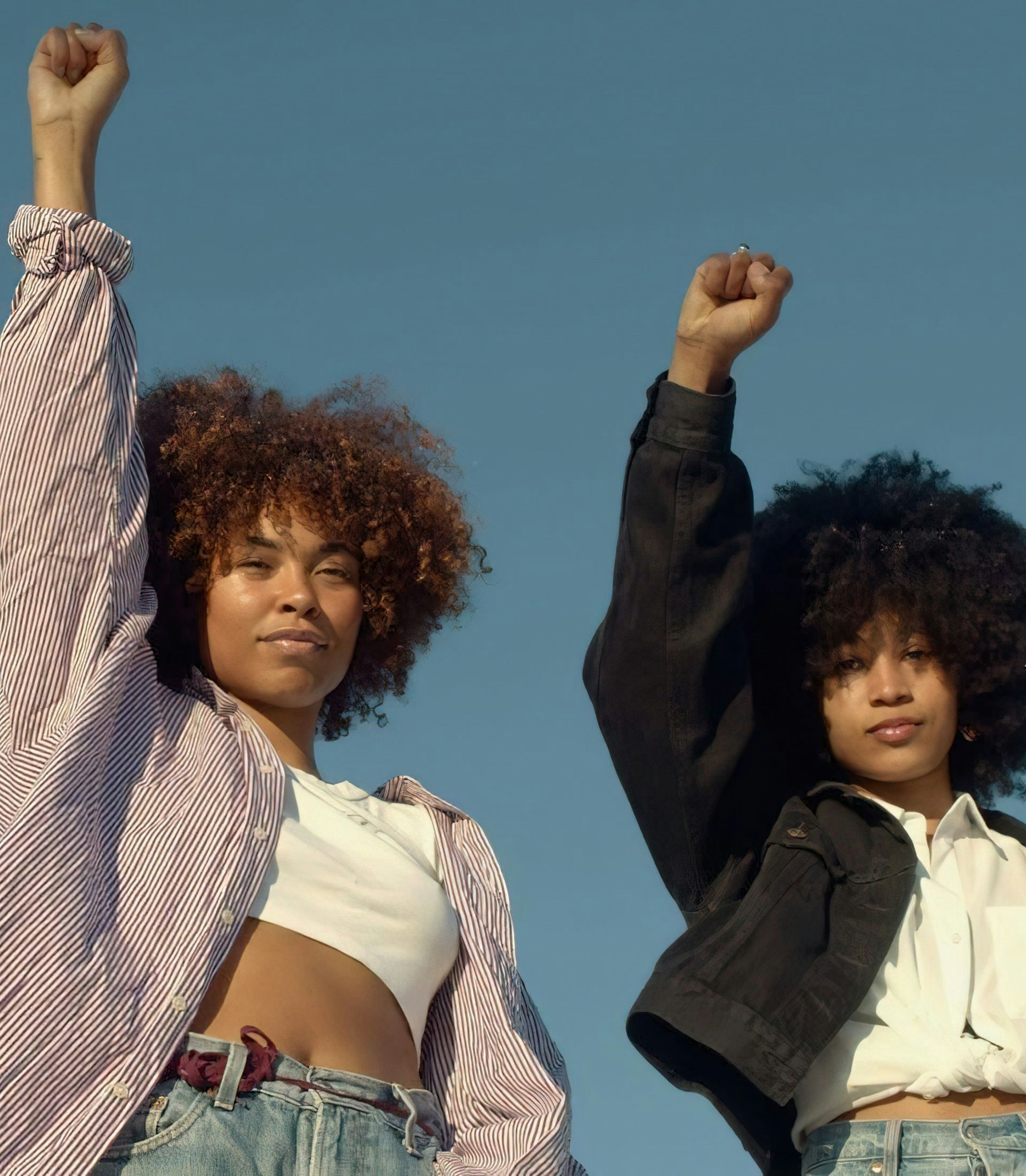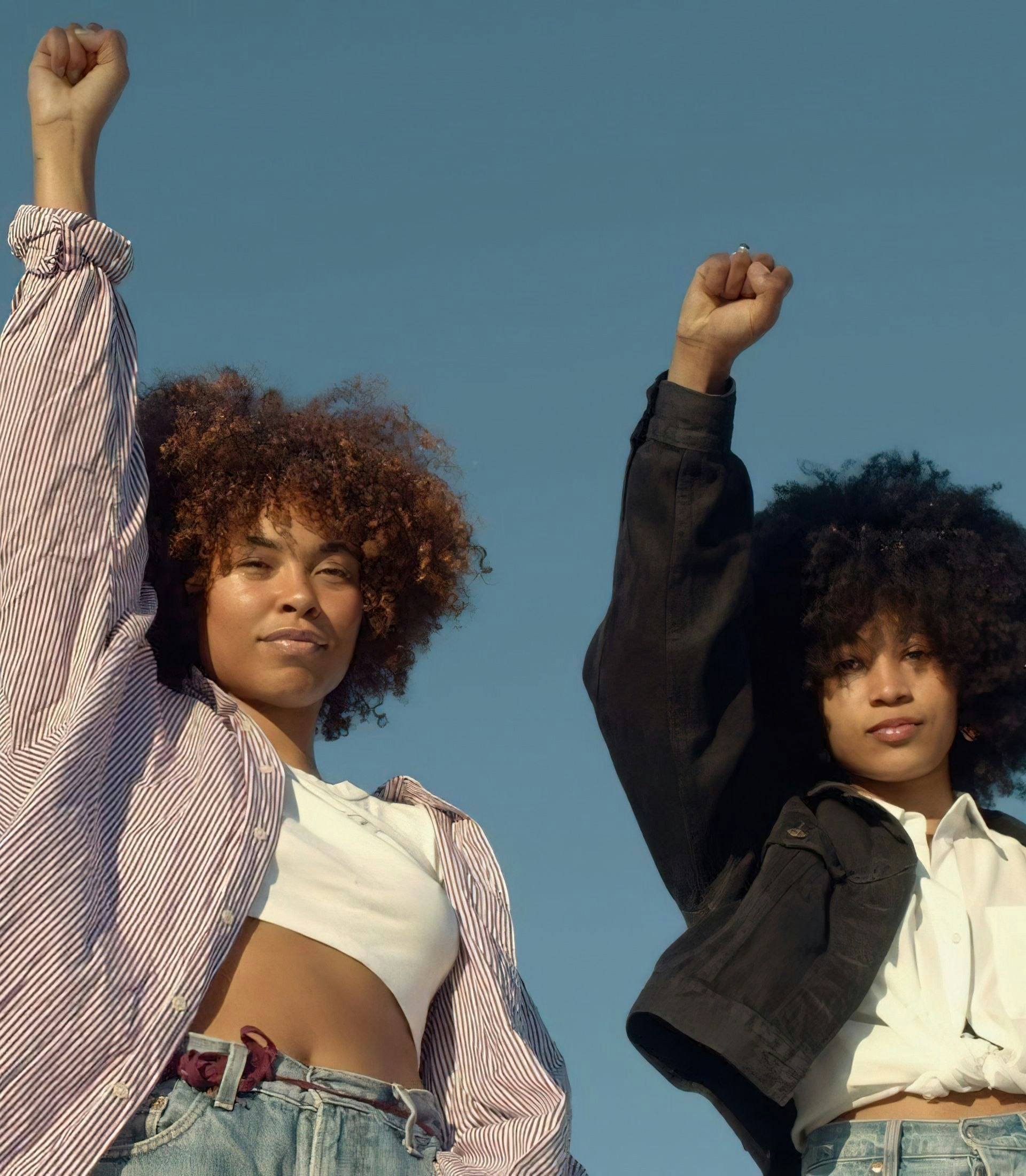
words by
Naomi Augustin
February 15, 2023
culture hack
Black Feminism and Intersectionality
From the rise of the #MeToo movement to the first elected woman as the Vice President of the United States, there is no doubt strides have been made in the feminist movement over the past 5 years. But one of the biggest criticisms of the way feminism is discussed in the media has been the absence of voices from women of color, while that of white women is amplified. Often, negating the intersectionality that race and other identities bring to the feminist movement.
Thinking about the unique lived experiences within each of these identities led to the rise of Black Feminism: a social movement with roots in the early 20th century that understands the core values of each identity, but allows black women to navigate racist, sexist and other socio-political parts of society.
We’ve already seen the transformation of Black women in entertainment, often centered around their experiences and different identities. Some examples include ‘Run the World’, ‘Insecure’, ‘Harlem’, Chewing Gum’, and many more. Black Feminism has brought so many culturally relevant conversations regarding feminism and its history to light, ones we are still having to this day.
Many racial or gender related topics often neglect to mention women who have led and significantly contributed to the fight for both racial and gender equality. When supporting women in their fight for equality, it is important to not forget the diversity and intersectionality of identities, especially in today’s day and age where Gen Zs refuse to be placed in a box. Their unique experiences and other parts of their identity provide insight into ways brands can increase visibility and become more inclusive of marginalized groups.
For brands, Black Feminism is evidence of the importance of thinking beyond race, or gender and considering different aspects of their identity. Instead of telling women things they’ve heard before, create a culture where exploring their diverse experiences and empowering them to express themselves is the norm.





















